Ruth Kennedy: 'There is heroism in looking after people at their most vulnerable'
The death of her son Louis inspired Ruth Kennedy to raise money for children’s palliative care
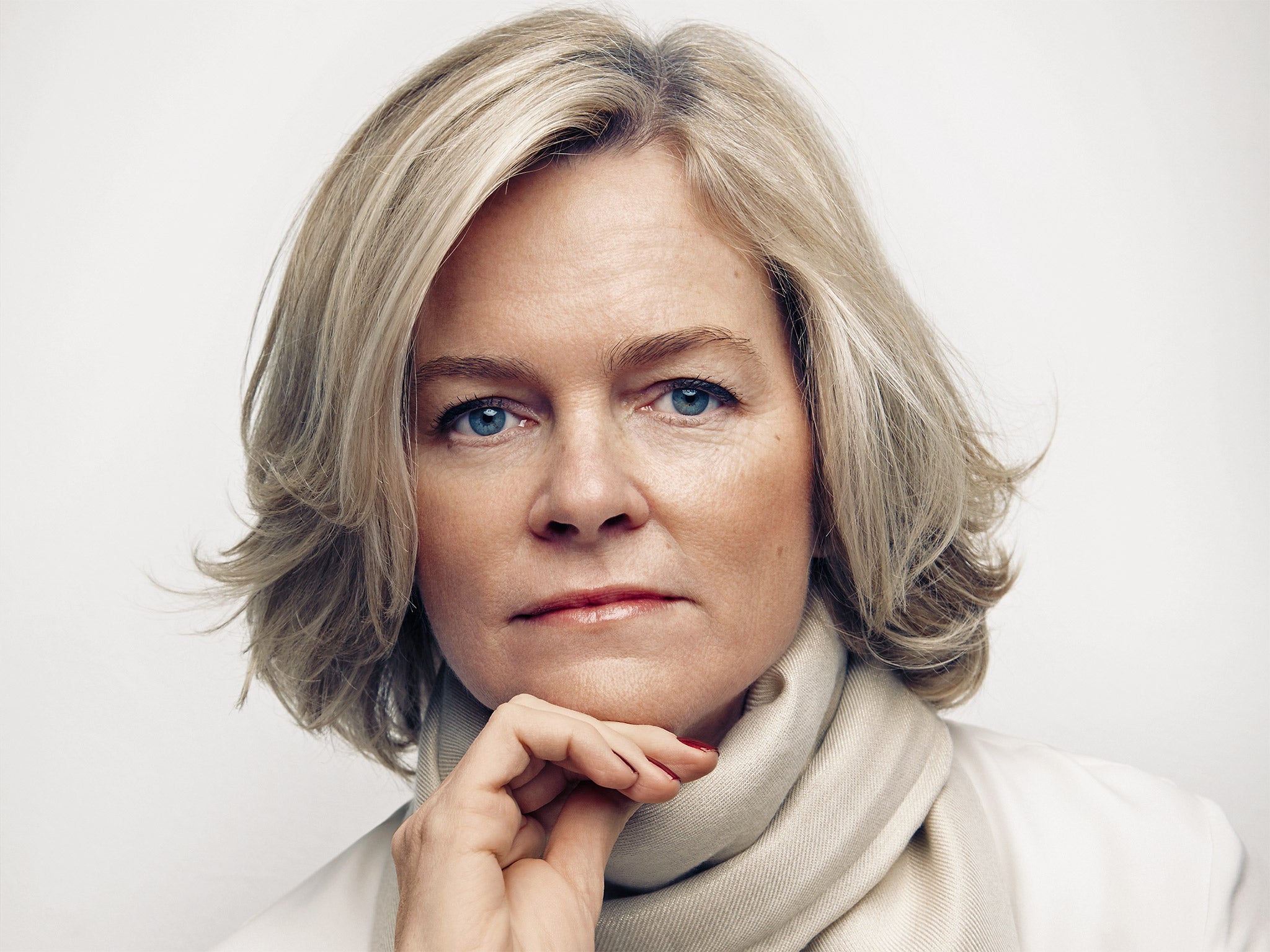
On the shelf in Ruth Kennedy’s kitchen in Battersea, south London, sit a set of colourful plastic Power Ranger figures of the kind that clutter countless family homes containing small, superhero-obsessed boys. But these aren’t toys. There are no children in this immaculate house young enough to play with them. Instead, they are memories – the cherished possessions of Ruth’s son Louis Dundas, who died of a brain tumour at the age of four in 2008.
Even at his sickest – the point at which Louis was given four weeks to live but survived, often in pain, often suffering, for another 10 months – he still wanted to play with his Power Rangers. His older brother Alfie, then eight, would enact endless battle scenes with them; his 20-year-old stepsister Loulou would dress up for hours as the Red Ranger, his favourite.
“Louis was the baby, the last one,” says Ruth. “He had a tremendous sense of humour, which meant that whenever he was naughty he could absolutely get away with it. He was beautiful, too, very feminine-looking, and he could wrap his father and his older siblings round his little finger.
“What I miss most about him is the way he made me feel. The way he loved me. How I felt excited and alive and the best version of myself whenever I was with him.”
For much of the last year of Louis’ life, he was looked after at home by Ruth and her husband Bruce Dundas with the support of the Great Ormond Street Hospital palliative care team. And it was their experience at GOSH that in 2009 led to the foundation of the Louis Dundas Centre for Children’s Palliative Care – a unit that aims to ‘‘revolutionise’’ paediatric palliative care treatment by funding world-leading research and establishing a gold standard of clinical practice.
Palliative care for children is a relatively new field, and it’s dealing with the most difficult subject matter imaginable. The Louis Dundas Centre is particularly focused on the illness experience, pain and symptom management and difficult decision-making about care and treatment.
“I was a mother watching my child die, and I had dozens of questions and yet I couldn’t ask them because I couldn’t say the words out loud,” says Ruth, who is now 50. “I didn’t have the courage.
“How do I tell my other children, for example, that their brother is going to die? Do I tell Louis that he is dying, even though he’s only four years old? If so, how do I do that? Are the doctors really going to let him die slowly, in this unbearable way? One of the things that caused me great pain was that the onus was on us to ask these impossible questions. Right from the start, I felt that decision-making and communication were subjects that needed much greater focus.”
There are photographs of Louis all over the house, frozen forever in that sweetest of ages between babyhood and school. Ruth shows me one taken on the day before he first fell properly ill – the last day of his “normal” life. He’s grinning widely, just off a trampoline. Looking back, she says, there were hints of the hidden disease – a tendency sometimes to support one arm with the other; “the occasional violent vomiting in the middle of the night, which was probably caused by pressure on the brain” – and yet nothing obvious, nothing that would give a parent cause for exceptional concern.
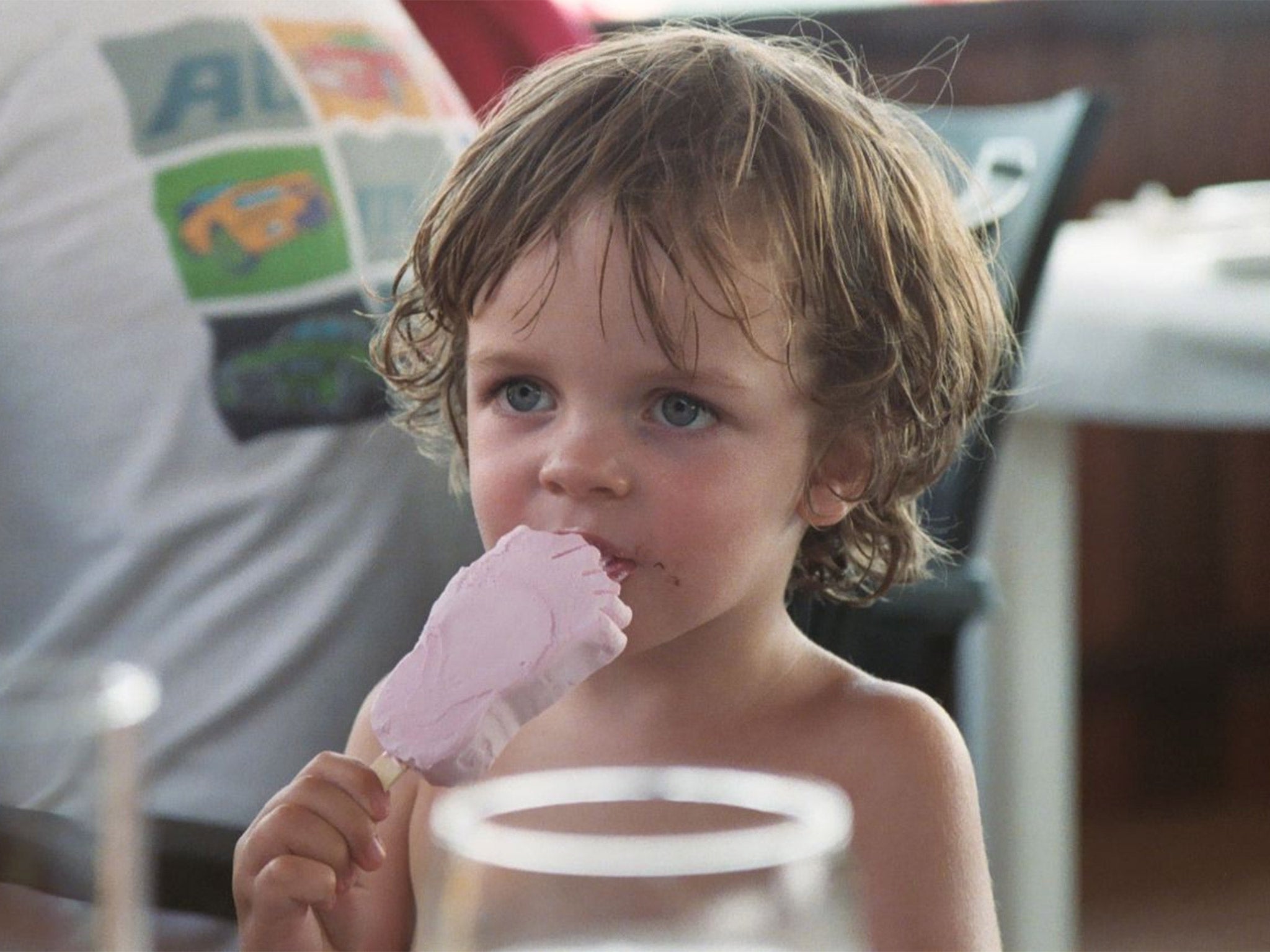
Then one day Louis’ left side seemed to seize up. He stopped being able to use his left hand properly. No longer a daytime napper, he slept and slept. Ruth was referred to a neurologist, who suspected a mini-stroke and ordered an MRI scan – and yet no scan could be had for days.
“My GP and I were trying round the clock to get him in somewhere, but there was just nowhere to take him. A child needs a general anaesthetic for an MRI scan, so you need a paediatric anaesthetist plus a free scanner – and there aren’t enough of either in London.”
Watching Louis wake up from a nap one day, Ruth was suddenly panicked – his behaviour wasn’t normal, he wasn’t the child he’d been a week ago. She rushed him to A&E at St Thomas’ Hospital in Westminster, where an emergency scan revealed not a stroke, not a bleed, but a mass on the brain.
“Louis began to deteriorate very quickly after that,” she says. “We had another awful wait for pathology results and were then told it was a stage-four cancerous tumour called a glioma, and it was in the thalamus, which is at the centre of the brain.” At that point, Louis was three years old.
“Our world fell apart. It was mayhem. Immediately a shunt was put into Louis’ brain, which meant another general anaesthetic and someone drilling into his head. He was put on steroids, which have awful side effects, and a portacath was put in his stomach because the doctors knew the protocol for this disease was chemotherapy and radiation therapy. It felt like he was being attacked on all sides.
“But it wasn’t just the medical treatment: no one warned me how much he’d change, how he’d stop communicating with me. He began to lie to us ...”
Louis was acting typically, if in an advanced way for his age. Paediatric palliative care practitioners have learnt that critically ill children do lie, often because the admission of pain brings with it scary treatments and feared doctors, but also because – heart-wrenchingly – they try to protect their parents from their own suffering.
It quickly became apparent that Louis’ tumour was inoperable – but what no one told Ruth or her husband explicitly at this point was that the chances of his survival were bordering on zero. “I once asked a doctor, could the chemo work? He said it could. I said could it shrink the tumour to nothing? He said it could. What he didn’t say, we didn’t realise, was that it never had before.”
The treatment did not work; in fact Louis’ tumour grew while he endured it. They’d quickly reached the end of his options, and were referred to GOSH and its palliative team. Just weeks before, Louis had been a happy, lively pre-schooler. Now Ruth, Bruce and their family – Bruce’s four grown-up children from two earlier marriages, and Alfie – were told that their “baby” had barely a month to live.
Ruth has never talked publicly about Louis’ death before. A brand consultant and board director, also known as Lady Dundas – Bruce is Lord Dundas – she counts among her former employers Viscount Linley and today sits on the board of Belmond Hotels and Daylesford Organic, the upmarket foodstore. Together, she and her husband move in some of London’s wealthiest and best-connected circles and are used to solving problems by engaging the help of friends and experts. Sir Elton John played at their last fund-raising dinner (he was Louis’ godfather).
And yet, back then, Ruth found herself repeatedly despairing of her ability to navigate Louis’ highly complex palliative care regime. She was not prepared for the way in which a small child might react to the ghastly side-effects of powerful pain-killing drugs, and no one could prepare the family for the shocking emotional toll it would take on them all.
“It was July when we were told the chemo hadn’t worked, and we had this terrible meeting with his doctors,” says Ruth slowly. “They told us three things at the same time. That we were being given a number of pain-killing drugs to take home with us for Louis. That we should look for a hospice. And that we should contact an undertaker. We were told these things in a gentle, lovely way, but even so, it was too much. It was on that day that I truly believed I couldn’t cope any more.
“Our world shrank to the size of my bed, where Louis lived for the next 10 months with the lights turned down. Looking back, I was living in a permanent state of fear. The thing that terrified me was the pain breakthrough, because when your baby’s back is arching and he’s practically paralysed and he’s screaming and begging for mercy and you can’t cuddle him without hurting him...” She trails off, appalled by the memory, tears flowing. “That meant a horrendous ride to hospital in an ambulance, often with paramedics who were petrified of the pain he was in too.”
The box file relating to Louis’ illness bulges with paper. His medication alone covers a lengthy spreadsheet. Precise amounts of methadone and ketamine, plus half a dozen other extremely powerful drugs, had to be administered according to a strict 24-hour timetable. “But why would anyone think I could do this?” asks Ruth.
“Inside my head I was permanently hysterical. How can a mother of a dying child maintain the kind of calm you need to run this regime? I was lucky – I had a truly amazing nanny in Tracy, who refused to take a single day off for a year, and I had a husband who could stop working without it having a major impact. I had Maggie and Fin from GOSH, experts in palliative care who provided 24/7 telephone support which was a life-saver. But most people don’t have that. How on earth are they supposed to cope?”
It’s estimated that when Louis died he was on enough pain medication “to kill three men”, and yet he endured it because children are not mini-adults in this context and respond to the drugs in ways that are still not fully understood. It’s a complex subject requiring urgent answers: money raised by the Independent and Evening Standard Appeal will go in part to fund a crucial new research partnership between GOSH and the UCL Institute of Child Health focusing on paediatric pain management.
For Ruth, some of the impossible questions were answered, and some weren’t. Eight-year-old Alfie asked her one day in the car, when neither of them could look each other in the eye, whether Louis was going to die. But she isn’t sure whether Louis truly understood what was happening to him at the end.
“I used to say, ‘Louis do you know what’s the matter with you?’ And he’d say, ‘Yes, my left side isn’t working and my right foot isn’t so good and my head hurts,’ and the next day he’d switch it all around. But he did ask me one day whether I believed in heaven. I said ‘Yes’, and he said, ‘So do I’. I said: ‘What do you think it’s like?’ And he said: ‘I think it’s like Sports Day at nursery.’ So I think he did understand, in his own way.
“Friends ask me whether I fundraise for the Louis Dundas Centre as a means of catharsis. Well, no. Catharsis is a glass of good sauvignon blanc and an episode of The West Wing. I do it because I think we should look after people in these terrible circumstances as best we can, and we can start by helping them not to be so scared and preventing them from being in unnecessary pain.”
For Louis, heroism came dressed in a red cape and Power Rangers mask. But for Ruth it’s in Maggie, Fin, Myra, and the doctors and nurses who staff the GOSH palliative care team. “There is such heroism in this field,” she says. “It’s not heroism associated with cure, but with looking after people at their absolutely most vulnerable. I’m immensely proud of what they do. But there is still so much to be done.”
The Louis Dundas team
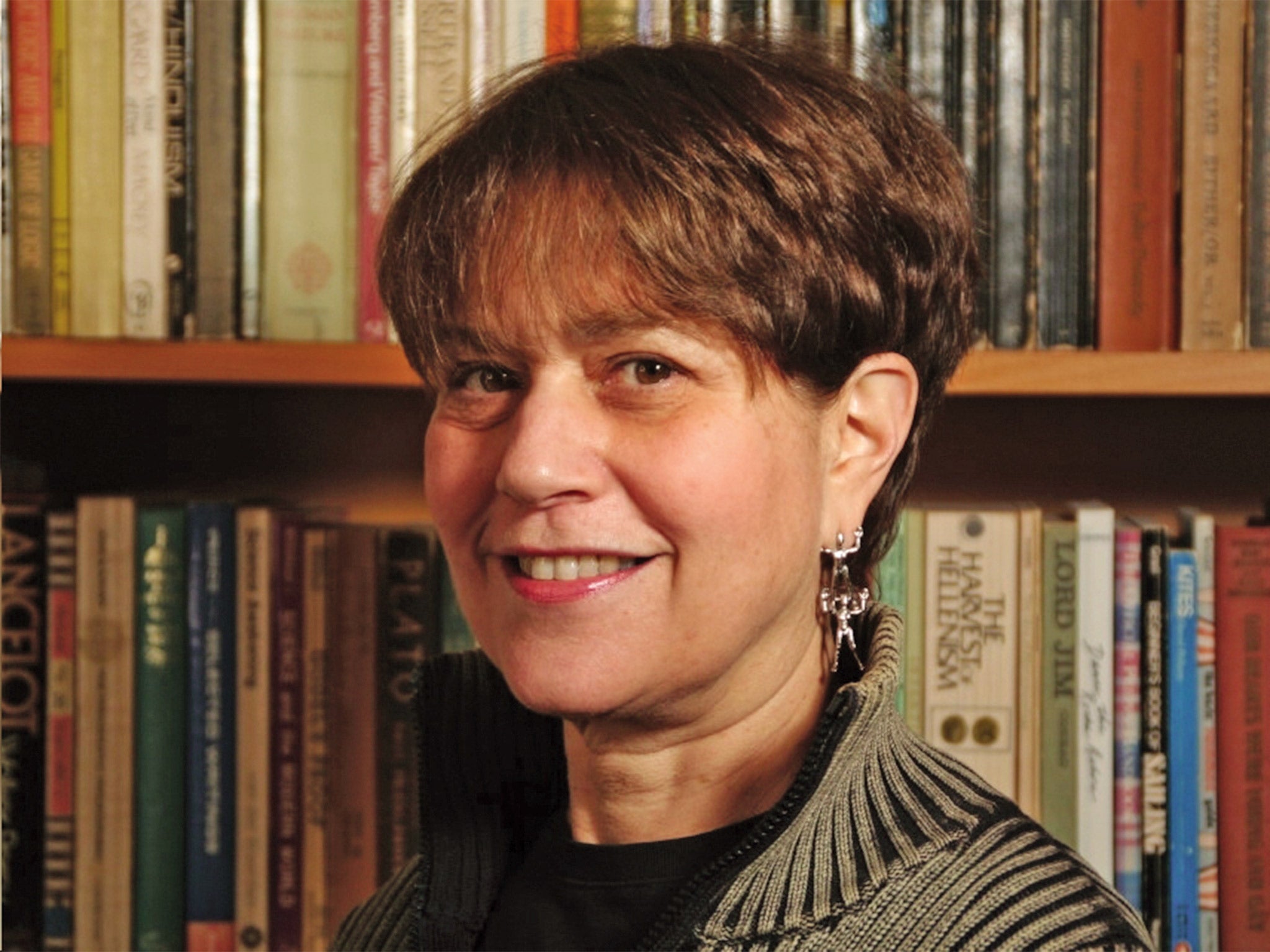
The professor
Myra Bluebond-Langner is the lead professor and researcher at the centre
"Paediatric palliative care is a relatively new field where practice has outstripped research… We need to provide an evidence base for all that we do for these seriously ill children and their families – and also for policy decisions."
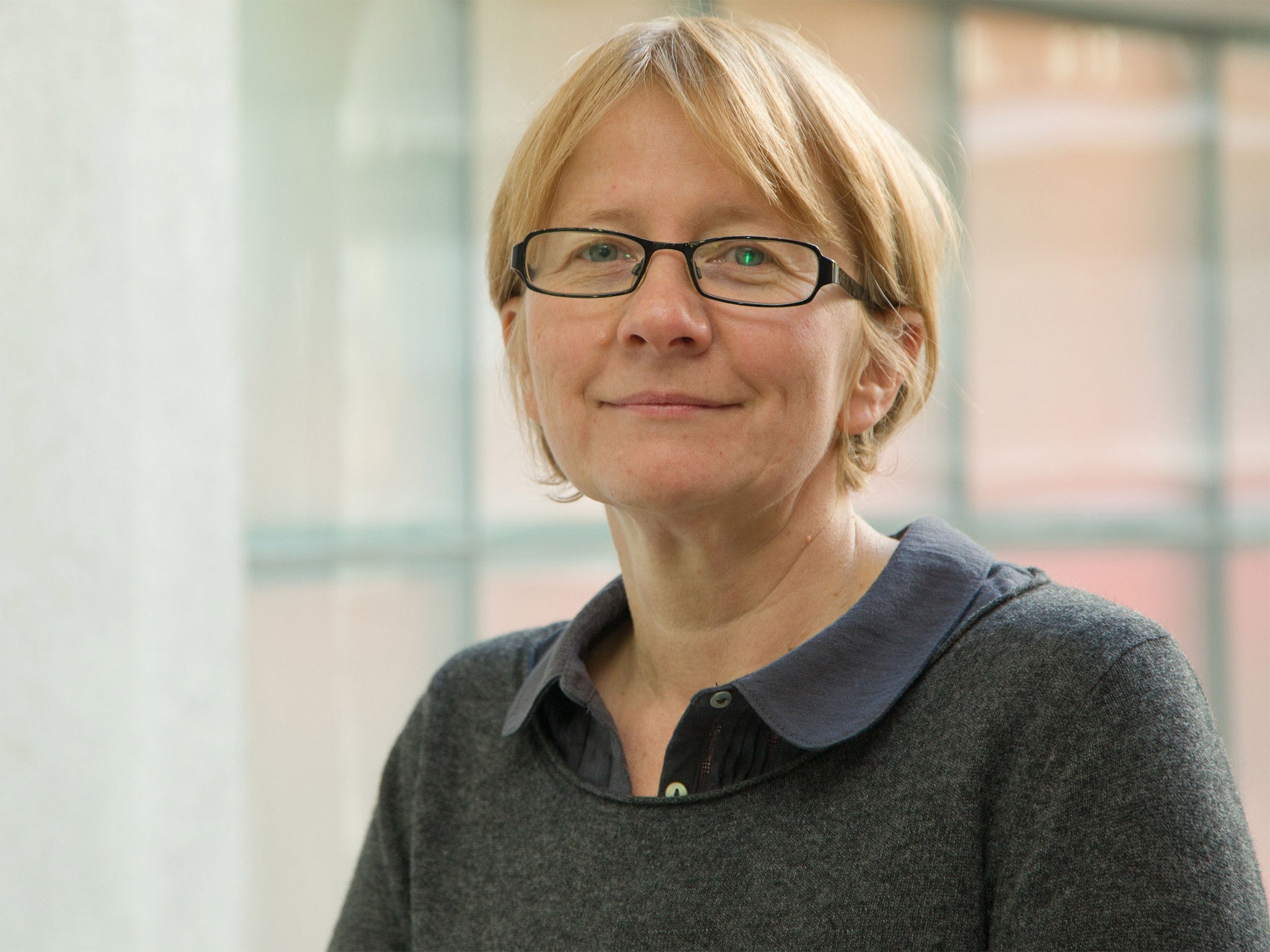
The paediatrician
Finella Craig is a consultant in paediatric palliative medicine
"One of the worst experiences for a family is to witness their child in pain and feel powerless. Our role is to try to manage the child’s pain and symptoms to enable them to live as comfortably as possible. Even in modern times, this can be a huge challenge."
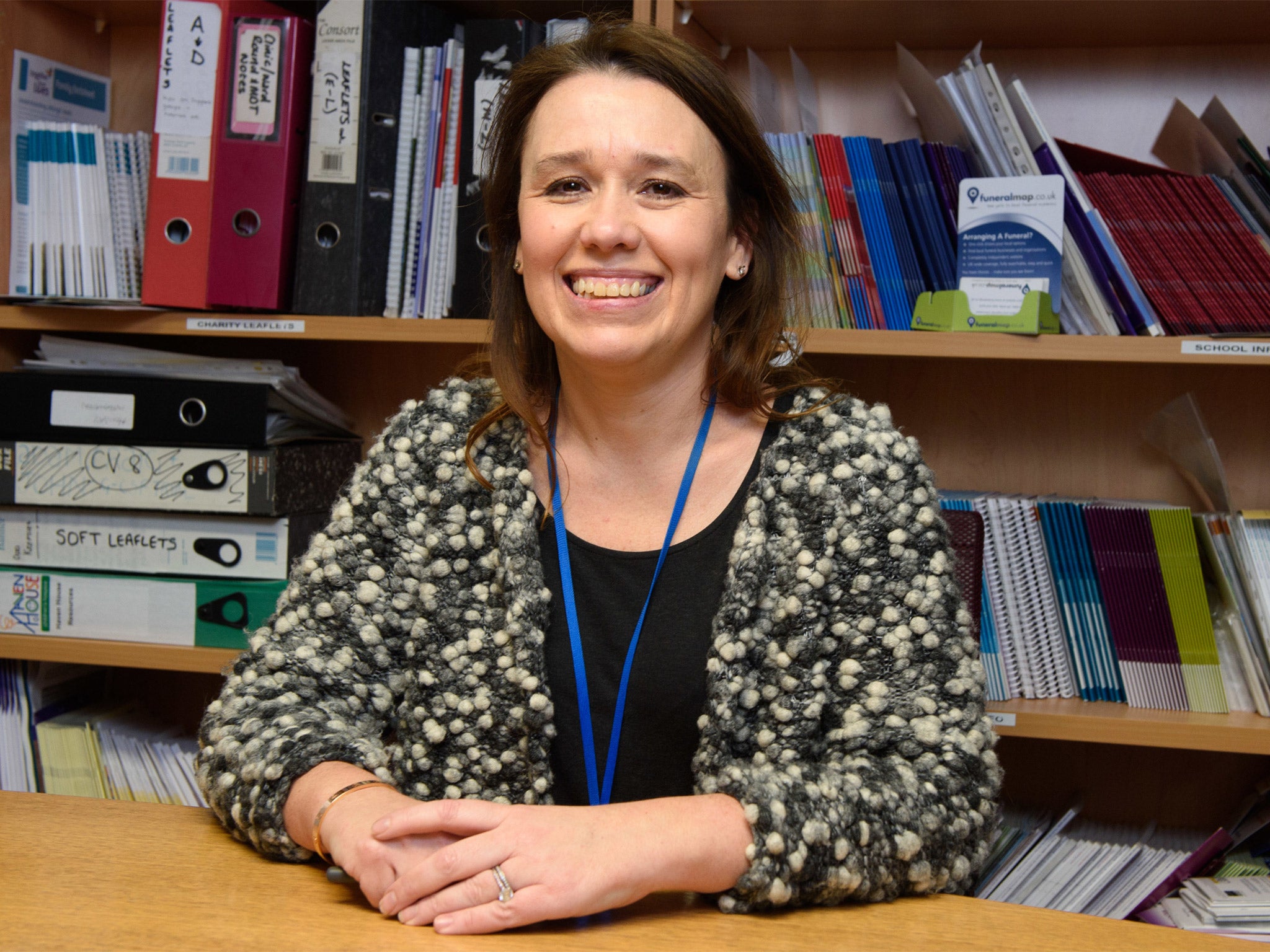
The clinical nurse
Maggie Comac was the specialist nurse in the centre caring for Louis
"Louis always gave me a broken Power Ranger while he kept the one with flashing lights. He understood that our play was about him and the pain he was feeling. At the Louis Dundas Centre, it is our priority to discover ways to manage suffering and pain in children. I’m proud to be part of it."
If you Give to GOSH, your donation will be matched by the Government, doubling its amount. To donate go to: http://ind.pn/1Mydxqt
To find out more about our charity auction and to make your bid, please visit www.givergy.com/charity/gosh


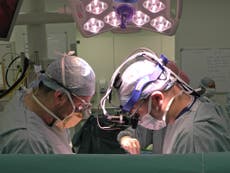

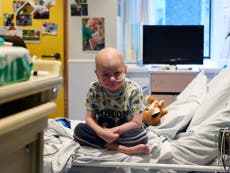

Join our commenting forum
Join thought-provoking conversations, follow other Independent readers and see their replies